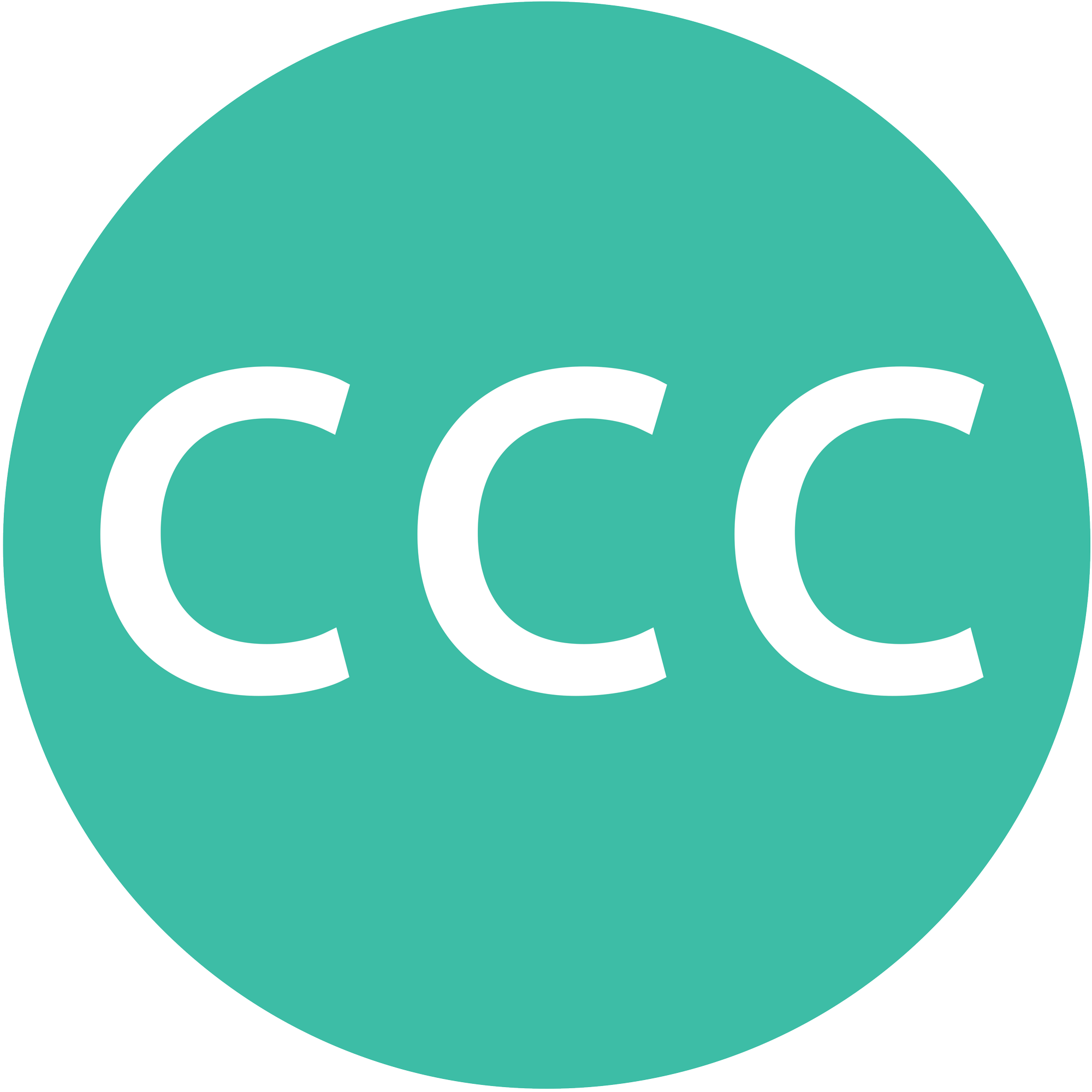The Crisis Charitable Commitment was launched last July in response to the double whammy hitting nonprofits: greater-than-ever need while revenue sources such as galas or ticket sales were shut down. Three weeks ago the Wall Street Journal published an important article by Betsy Morris, “Nonprofits Face Bleak Future as Revenue Dries Up Amid Coronavirus,” which makes our case that the crisis for nonprofits is far from over. “Most charities operate on razor-thin margins even in good times.” A couple of days ago I was on a call with the head of a major nonprofit who suggested the worst may actually hit next year when, if he’s right, health insurance costs will increase by 30% due to medical needs caused by the pandemic, forcing nonprofits to cut staff or even close.
Against this background we’ve been calling on those who are most able to afford to step up their charitable giving, and needless to say, none are more capable than the rich, the 0.1% of households and private foundations. By now you’ve almost certainly heard that billionaires, less than 700 households in the U.S., have made more than $1 trillion since the pandemic began! And the money made by the billion-dollar private foundations will be equally astonishing–although unfortunately those numbers won’t be reported until next year.
Have the richest among us responded to the crisis? If you were to read the headlines you’d certainly think so: $100 million for racial justice here, $10 billion for climate protection there. But the truth of the matter is that, with the exception of MacKenzie Scott and perhaps two or three others, it’s been business as usual (aka hoarding).
Which is why it is so disturbing to have the Philanthropy Industrial Complex whitewash the truth about charitable giving. Recently the Council of Michigan Foundations (CMF) commissioned the Johnson Center for Philanthropy at Grand Valley State University to produce a report that makes rich foundations look good by concluding that foundations give more than their 5% payout requirement and that if they dug deeper to respond to the crisis now they would not be able to maintain their level of giving in the future. Meanwhile Bank of America (BoA) commissioned the Indiana University Lilly Family School of Philanthropy to produce one that makes rich people look good, generating great-sounding headlines like “90% of Wealthy Households Gave to Charity Last Year.” I will save for another day all the ways in which these studies are flawed–an obvious one is that BoA doesn’t say how much these 90% gave–but they both suffer from playing the same trick on readers: they conflate the affluent with the rich.
Thanks to a greatly widening gap in wealth this decade, any useful analysis must distinguish between the affluent and the rich. It should be obvious to everyone, including BoA and Lilly, that there is a huge difference in the capacity and behavior of the top 5% of households–earning a minimum of $200,000 or having a net worth of $1 million–and the top 0.1% of households (the “rich”), earning fifteen times more ($3 million per year) or worth 30 times more ($30 million) than the top 5% households. The affluent and middle class (just below affluent) have been charitable relative to their wealth. The significant problem is with the rich who can most easily afford to be generous. Did the rich give more? The BoA study most certainly has the data that distinguishes between affluent and rich. If the news about the wealthy was good, especially regarding billionaires, we’d be reading about it.
Likewise, you’d imagine that CMF and the Johnson Center would know that there is a critical difference between the 0.1% of foundations, with assets of $1 billion or more, and all others. In Michigan eleven foundations account for 60% of all the assets held by the couple thousand private foundations there. We will be digging into the performance numbers of Michigan’s largest foundations for an upcoming letter, but again, if the facts made them look good you’d expect them to be bragging about it.
As of today the CCC has only one billion-dollar foundation that has stepped up to the crisis plate in a meaningful way-–the Heising-Simons Foundation (thank you). And yet, the CMF study states the “project team cannot conclude that any change to the current federal payout rate for private foundations is warranted.” When rich foundations fail to show a willingness to voluntarily dig deeper in this time of crisis, it’s understandable that there is a very loud conversation calling for a legislative mandate to distribute more. And equally true, some of the massive accumulation of personal wealth has to be directed to public investment, whether through voluntary charitable giving and/or paying higher taxes.
Whitewashing– by such highly respected organizations producing these studies–how the wealthy and rich foundations are, or should be responding, to the challenges the public and nonprofits are facing is not helpful. Digging deeper is.
Thanks for reading, and a particular thanks to the CCC signers for stepping up to the plate.
